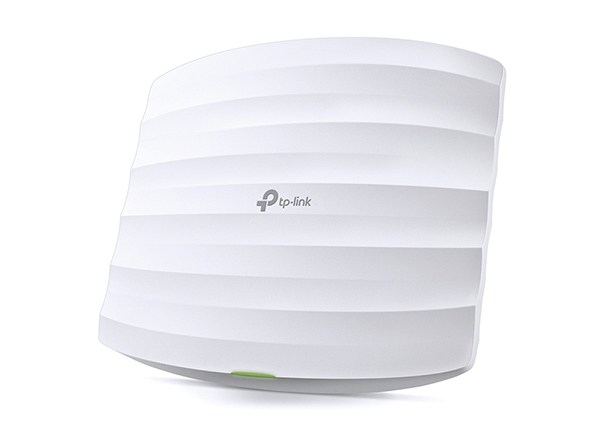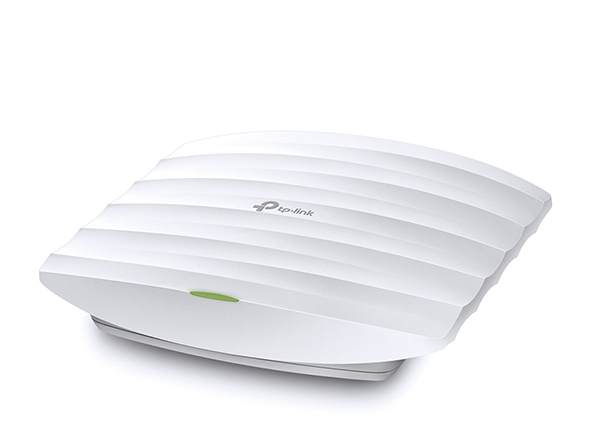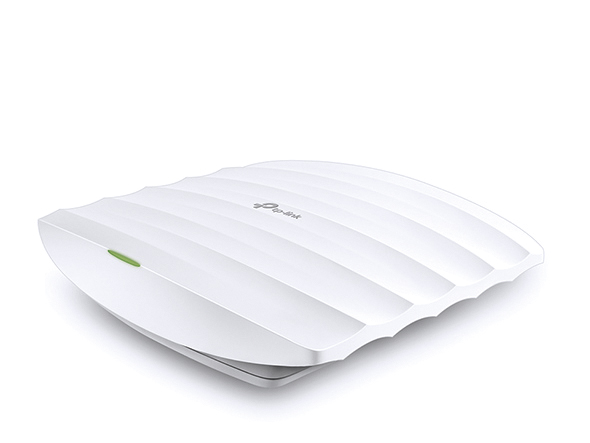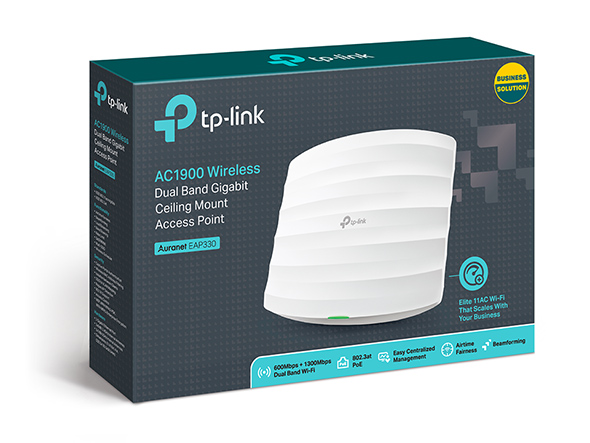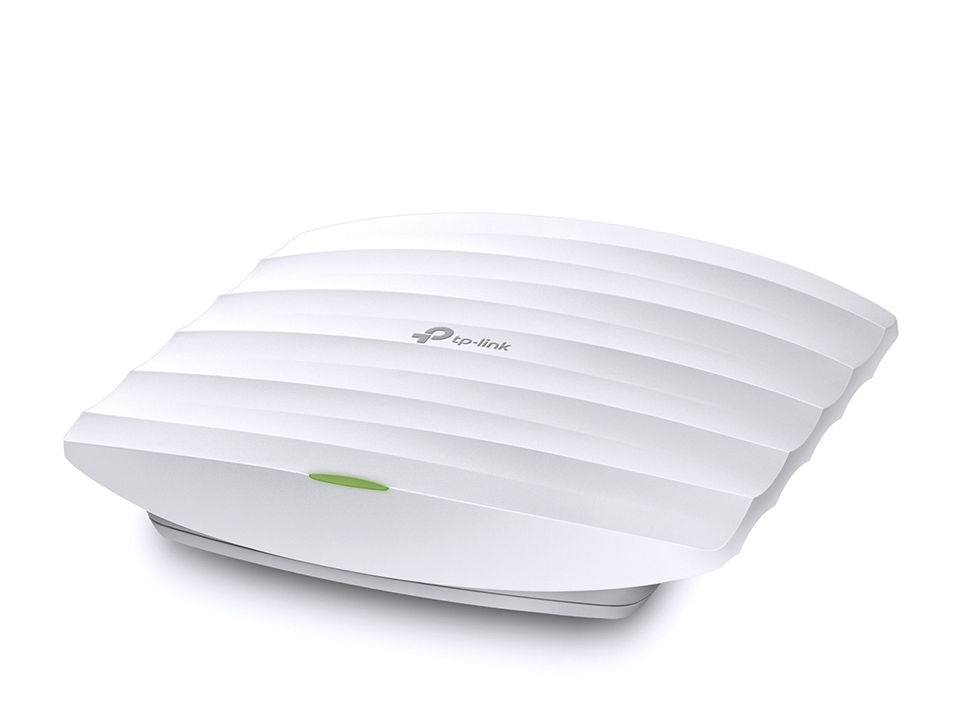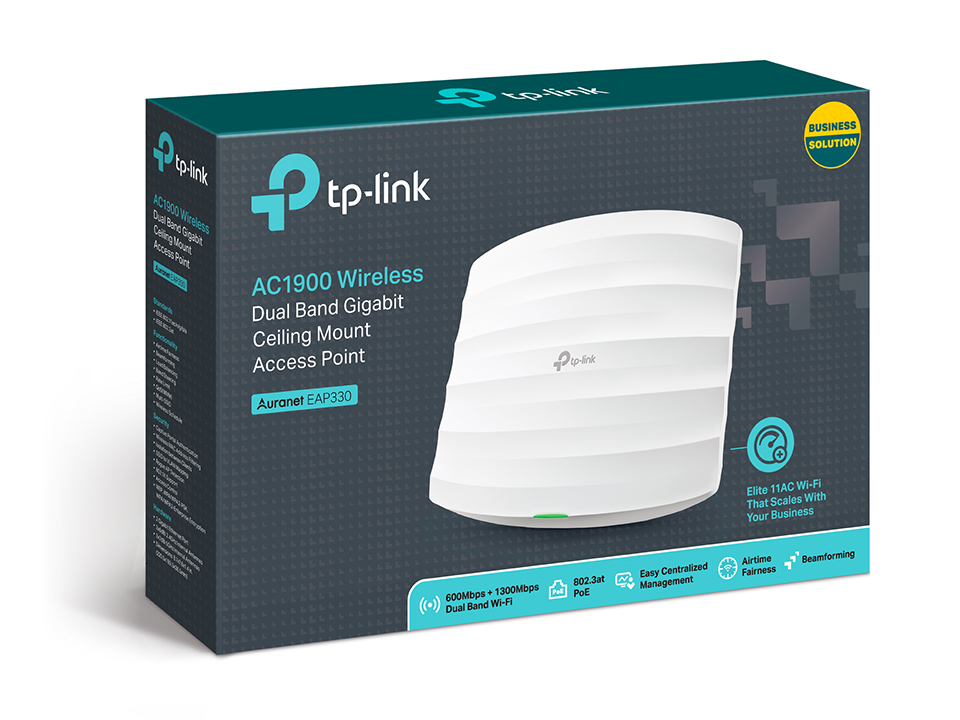EAP330
V2
AC1900 Wireless Dual Band Gigabit Ceiling Mount Access Point
- Documents
- Videos
- Downloads
- Tools
- Bulletins
- Community
Filter By TypeReset
Datasheet
Hardware Installation Guide
Quick Start Guide
Knowledgebase
Release Note
Reference Guide
Others
Filter By TagReset
- Controller
- Gateway
- Vlan
- ACL
- Standalone
- Mesh
- CLI
- VPN
- App
- Online
- Reset
- Authentication
- Portal
- Wireless
- API









